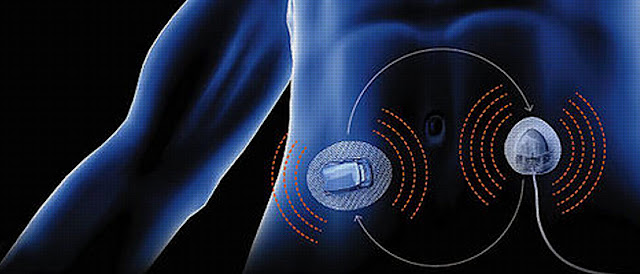Empowering Lives Through Technology: Discovering New Kidney Dialysis Equipment
 |
| Kidney Dialysis Equipment |
The kidney serves many important activities in our lives, including filtering blood, controlling blood pressure, producing hormones that aid in the production of red blood cells, and promoting bone health. Chronic kidney disease (CKD) is a condition that impairs a patient's quality of life by causing the body to operate improperly, which can cause a number of additional ailments. For severe situations (such end-stage CKD) where both kidneys are destroyed and regular dialysis and kidney transplantation are required, kidney dialysis is the preferred form of treatment. The damage is typically irreversible and might cause potentially fatal health complications; a kidney transplant is advised to lessen these issues.
Dialysis machines consist of a polyurethane shell or capsule that suspends hollow fibres or parallel membrane plates. Blood and dialysate pass through a semipermeable barrier made of fibres or plates. Between the patient's intravascular compartment and the dialysis fluid, solutes flow through the membrane via a concentration gradient (diffusion - smaller molecules) and solvent drag (convection - larger molecules). Haemodialysis primarily uses the diffusion technique to purify the blood. A hydrostatic pressure gradient across the dialyzer membrane, produced by the dialysis machine, is used to remove the fluid. The Global Kidney Dialysis Equipment market was valued at US$ 16,874.5 Mn in 2018 and is expected to exhibit a CAGR of 6.6% over the forecast period (2019 – 2027).
A polyurethane shell or capsule that suspends hollow fibres
or parallel membrane plates makes up dialysis equipment. A semipermeable
barrier consisting of plates or fibres allows the passage of blood and
dialysate. Solutes move through the membrane between the dialysis fluid and the
patient's intravascular compartment via a concentration gradient (diffusion -
smaller molecules) and solvent drag (convection - larger molecules). Diffusion
is the main method used by hemodialysis to clean the blood. The dialysis
machine creates a hydrostatic pressure gradient across the dialyzer membrane
that is used to remove fluid.
The kidneys are one of the body's most important organs, and
among their many jobs are the production of urine and the purifying of blood.
Dialysis is carried out when the kidneys are unhealthy or incapable of carrying
out their duties. Dialysis aids in the removal of the body's extra salt, fluid,
and waste products (such as urea and creatinine).
Haemodialysis and peritoneal dialysis are the two basic forms
of dialysis. Peritoneal dialysis involves pumping dialysis fluid into the
patient's abdomen to draw out waste products from the blood passing through
vessels lining the inside of the abdomen, in contrast to hemodialysing, which
involves diverting blood into an external machine where it is filtered before
being returned to the body. A hemodialysis machine, which simulates the actions
of the kidneys, is used to perform hemodialyzation. Hemodialysis is performed
using a dialyzer, sometimes referred to as an artificial kidney, and a hemodialysis
machine.



Comments
Post a Comment